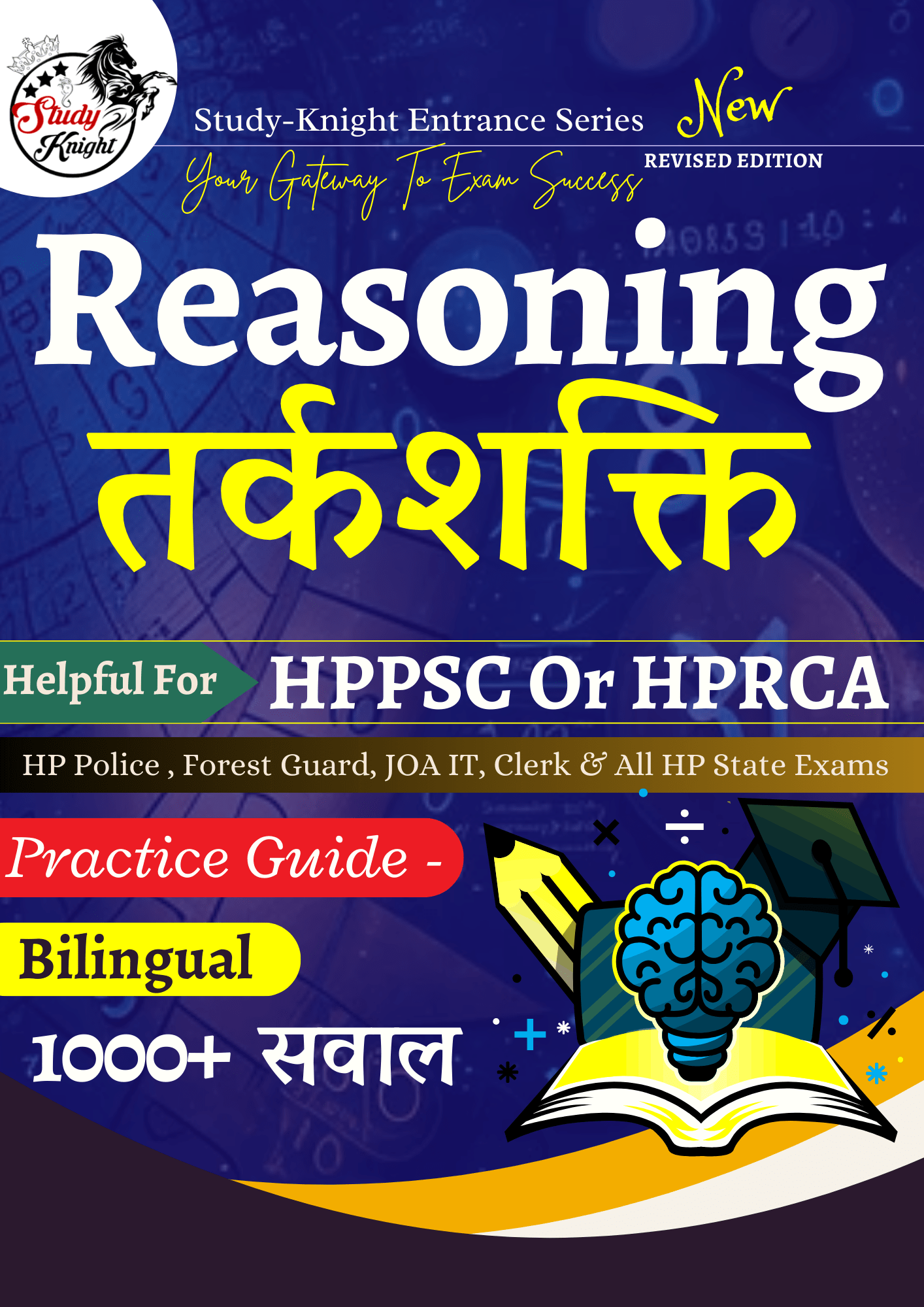भौतिकी में, ध्वनि एक कंपन है जो गैस, तरल या ठोस जैसे संचरण माध्यम के माध्यम से ध्वनिक तरंग के रूप में फैलती है। मानव शरीर विज्ञान और मनोविज्ञान में, ध्वनि ऐसी तरंगों का स्वागत और मस्तिष्क द्वारा उनकी धारणा है।

Q)1.ध्वनि तरंगो की प्रकृति होती हैThe nature of sound waves is
A). अनुप्रस्थ /Transverse B). अनुदैर्घ्य /Longitudinal C). अप्रगामी /Progressive D). विद्युत चुम्बकीय /Electromagnetic
[expand title=”View Answer”]Answer :- अनुदैर्घ्य /Longitudinal
Explanation :- ध्वनि तरंगों की प्रकृति अनुदैर्ध्य इसलिए होती है क्योंकि इन तरंगों में माध्यम के कणों का विस्थापन विक्षोभ के संचरण की दिशा के समांतर होता है। कण एक स्थान से दूसरे स्थान तक गति नहीं करते बल्कि अपनी विराम अवस्था से आगे पीछे दोलन करते हैं। क्योंकि ध्वनि तरंगें इसी प्रकार संचारित होती हैं।The nature of sound waves is longitudinal because in these waves the displacement of the particles of the medium is parallel to the direction of propagation of the disturbance. The particles do not move from one place to another but oscillate back and forth from their rest position. Because this is how sound waves are transmitted.

[/expand]
Q)2.निम्न में से कौन सा कथन ध्वनि तरंगो के लिए सत्य हैWhich of the following statements is true for sound waves
A). इनको ध्रुवित किया जा सकता है /They can be polarized B). ये निर्वात में चल सकती है / It can move in vacuum C). 0°C पर इनकी चाल 332 मी० प्रति सेकेण्ड होती है /Their speed at 0°C is 332 meters per second D). उपरोक्त सभी कथन सत्य है /All the above statements are true
[expand title=”View Answer”]Answer :- 0°C पर इनकी चाल 332 मी० प्रति सेकेण्ड होती है /Their speed at 0°C is 332 meters per second
Explanation :- [/expand]
Q)3.अवश्रव्य तरंगो की आवृति होती है infrasonic waves have a frequency of
A). 20Hz से कम /less than 20Hz B). 20 Hz से अधिक /more than 20 Hz C). 20,000 Hz से अधिक /more than 20,000 Hz D). 20 हटर्ज से कम है /less than 20 Hz
[expand title=”View Answer”]Answer :- 20Hz से कम /less than 20Hz
Explanation :- अवश्रव्य तरंगें (infrasonic waves) : 20Hz से नीचे से आवृत्ति वाली ध्वनि तरंगों को अवश्रव्य तरंगें कहते हैं. इसे हमारा कान नहीं सुन सकता है।Infrasonic waves: Sound waves having frequency below 20Hz are called infrasonic waves. Our ears cannot hear it.

[/expand]
Q)4.पराश्रव्य तरंगे वे घ्वनि तरंगे है जिनकी आवृति-Ultrasonic waves are those sound waves whose frequency is-
A). 20 Hz और 1000Hz के बीच है /Between 20 Hz and 1000Hz B). 1000 Hz और 20000 Hz के बीच /Between 1000 Hz and 20000 Hz C). 20 किलो Hz से अधिक है / more than 20 kHz D). 20 Hz से कम है / less than 20 Hz
[expand title=”View Answer”]Answer :- 20 किलो Hz से अधिक है / more than 20 kHz
Explanation :- पराश्रव्य (ultrasound) शब्द उन ध्वनि तरंगों के लिए उपयोग में लाया जाता है जिसकी आवृत्ति इतनी अधिक होती है कि वह मनुष्य के कानों को सुनाई नहीं देती। साधारणतया मानव श्रवणशक्ति का परास 20 से लेकर 20,000 कंपन प्रति सेकंड तक होता है। इसलिए 20,000 से अधिक आवृत्तिवाली ध्वनि को पराश्रव्य कहते हैं।The term ultrasound is used for sound waves whose frequency is too high to be heard by the human ear. Generally, the range of human hearing is from 20 to 20,000 vibrations per second. That’s why sound with frequency more than 20,000 is called ultrasound.[/expand]
Q)5.पराश्रव्य तरंगे मनुष्य द्वारा-Ultrasonic waves by man-
A). सुनी जा सकती है /can be heard B). नही सुनी जा सकती है / cannot be heard C). कभी कभी सुनी जा सकती है /Can be heard sometimes D). इनमे से कोई नही /None of these
[expand title=”View Answer”]Answer :- नही सुनी जा सकती है / cannot be heard
Explanation :- पराश्रव्य (ultrasound) शब्द उन ध्वनि तरंगों के लिए उपयोग में लाया जाता है जिसकी आवृत्ति इतनी अधिक होती है कि वह मनुष्य के कानों को सुनाई नहीं देती। साधारणतया मानव श्रवणशक्ति का परास 20 से लेकर 20,000 कंपन प्रति सेकंड तक होता है। इसलिए 20,000 से अधिक आवृत्तिवाली ध्वनि को पराश्रव्य कहते हैं।The term ultrasound is used for sound waves whose frequency is too high to be heard by the human ear. Generally, the range of human hearing is from 20 to 20,000 vibrations per second. That’s why sound with frequency more than 20,000 is called ultrasound.[/expand]
Q)6.पराश्रव्य तरंगों को सबसे पहले किसने सिटी बजाकर उत्पन्न किया थाWho was the first to generate ultrasonic waves by whistling?
A). न्यूटन ने / Newton B). गाल्टन ने /Galton C). हर्ट्ज ने /Hertz D). फैराडे ने /Faraday
[expand title=”View Answer”]Answer :- गाल्टन ने /Galton
Explanation :- 1899 ई. में कोनिंग ने छोटे छोटे स्वरित्रों द्वारा 90,000 कंपन प्रति सें., तक की पराश्रव्य तरंगें उत्पन्न कीं। इडेमान ने गाल्टन सीटी को बनाया, जिसके द्वारा वह एक निश्चित आयामवाले 1,00,000 कंपन प्रति से उत्पन्न करने में सफल हुआ।In 1899, Koning produced ultrasonic waves up to 90,000 vibrations per second by small tuning forks. Idemann built the Galton whistle, by which he was able to generate 100,000 vibrations per second with a fixed amplitude.[/expand]
Q)7.शिकार परभक्षियों या बाधाओं का पता लगाने के लिए चमगादड़ अथवा डोल्फिन किस परिघटना का प्रयोग करते हैWhich phenomenon is used by bats or dolphins to detect prey, predators or obstacles?
A). ध्वनि का अपवर्तन /Refraction of sound B). विस्पन्दों का बनना / Formation of vibrations C). ध्वनि का प्रकीर्णन /Scattering of sound D). प्रतिध्वनि का निर्धारण /Determination of
[expand title=”View Answer”]Answer :- प्रतिध्वनि का निर्धारण /Determination of
Explanation :- प्रतिध्वनिस्थितिनिर्धारण (Ecolocation, ईकोलोकेशन) अथवा बायो सोनार (bio sonar) कुछ जीव प्रजातियों द्वारा भ्रमण अथवा शिकार के लिए प्रयोग की जाने वाली प्रणाली है जिसमे जीव आवाज उत्पन्न करता है और उसकी प्रतिध्वनि सुनकर चीजों की अवस्थिति का निर्धारण करता है।Echolocation, or bio sonar, is a system used by some animal species for navigation or hunting, in which the organism produces sound and determines the location of things by listening to its echo.[/expand]
Q)8.कीड़ो तथा हानि पहुंचाने वाले तत्वों को घरों से दूर भगाने के लिए प्रयोग में लाया जाता है Used to drive away insects and harmful elements from homes
A). अल्ट्रासोनिक तरंग /Ultrasonic wave B). रेडियो तरंग /Radio waves C). इन्फ्रारेड तरंग / Infrared wave D). सबसोनिक तरंग /Subsonic wave
[expand title=”View Answer”]Answer :- अल्ट्रासोनिक तरंग /Ultrasonic wave
Explanation :- पराश्रव्य (ultrasound) शब्द उन ध्वनि तरंगों के लिए उपयोग में लाया जाता है जिसकी आवृत्ति इतनी अधिक होती है कि वह मनुष्य के कानों को सुनाई नहीं देती। साधारणतया मानव श्रवणशक्ति का परास 20 से लेकर 20000 कंपन प्रति सेकंड तक होता है। इसलिए 20000 से अधिक आवृत्तिवाली ध्वनि को पराश्रव्य कहते हैं।The term ultrasound is used for sound waves whose frequency is too high to be heard by the human ear. Generally, the range of human hearing is from 20 to 20000 vibrations per second. That’s why sound with frequency more than 20000 is called ultrasound.[/expand]
Q)9.ध्वनि का तात्व (pitch) किस पर निर्भर करता है ?On what does the pitch of a sound depend?
A). आवृति /Frequency B). तीव्रता / Intensity C). वेग / Velocity D). आयाम /Dimension
[expand title=”View Answer”]Answer :- आवृति /Frequency
Explanation :- [/expand]
Q)10.विमानों के आंतरिक भागों की सफाई में किसका उपयोग किया जाता हैWhich is used to clean the internal parts of planes
A). पराश्रव्य तरंग /Ultrasonic wave B). ऑक्जैलिक अम्ल / Oxalic acid C). अवश्रव्य /Inaudible D). कार्बनडाईऑक्साइड /Carbon dioxide
[expand title=”View Answer”]Answer :- पराश्रव्य तरंग /Ultrasonic wave
Explanation :- पराश्रव्य (ultrasound) शब्द उन ध्वनि तरंगों के लिए उपयोग में लाया जाता है जिसकी आवृत्ति इतनी अधिक होती है कि वह मनुष्य के कानों को सुनाई नहीं देती। साधारणतया मानव श्रवणशक्ति का परास 20 से लेकर 20000 कंपन प्रति सेकंड तक होता है। इसलिए 20000 से अधिक आवृत्तिवाली ध्वनि को पराश्रव्य कहते हैं।The term ultrasound is used for sound waves whose frequency is too high to be heard by the human ear. Generally, the range of human hearing is from 20 to 20000 vibrations per second. That’s why sound with frequency more than 20000 is called ultrasound.[/expand]











